PTC 13/2015
DOI: 10.13140/RG.2.1.2320.8084
Authors: Clarisse Melo Franco Neves Costa, Haliton Alves de Oliveira Júnior, Francisco de Assis Acúrcio, Augusto Afonso Guerra Júnior
Technology
Adult diapers and auxiliary inputs.
Indication
Urinary and fecal incontinence
Technology Characterization
Geriatric diaper is a hygiene product used by adults, especially the elderly, who do not have (or lost) control of your physiological needs. Auxiliary products are preparations and equipment used for prevention and / or treatment of problems emerging from the use of diapers. Main question: What are the indications for use of geriatric diapers and auxiliary products, which are therapeutic alternatives to these products and what is the estimated cost of its chronic use in comparison with therapeutic alternatives available through the Unified Health System (SUS – Sistema Único de Saúde)?
Methods
Indications for use of adult diapers, as well as other alternatives for the control / treatment of incontinence were found after search of scientific literature and national and international treatment guidelines. To get a sense of current public spending on adult diapers the prices of these products were raised in accordance with the Health price Bank. Also diaper prices were surveyed in 57 electronic sites of pharmacies and sites of collective shopping and the System of Customer Service of the manufacturers. The types and prices of auxiliary products were surveyed in three major networks of private drugstores, one of which is present only in the state of Minas Gerais. Furthermore, most solicited auxiliary products where searched in JusBrasil website.
Results
SUS spends with surgical and physical therapy procedures is much less than own subsidy given to the purchase of diapers in the program “Aqui tem farmácia popular” and therefore should be recommended more often, depending of each individual incontinence condition. Thus, there is the need for the use of barrier products and moisturizers in the prevention and care of dermatitis and ulcers associated with incontinence condition, highlighting the need for greater financial effort by the SUS in ensuring access to creams, ointments and lotions (preventive and / or curative), which, by the analysis undertaken here, are quite costly to the patient. According to our data, the estimated annual individual expenditure values with adult diapers were R$ 1674.04 ± 722.89; R$ 1827.81 ± 1179.24; R$ 1439.31 ± 724.88; and 1123.72 ± 521.21 respectively for the extra-large, large, medium and small size diapers. Auxiliary products are creams, lotions, ointments, oils and pastes, with occlusive properties, moisturizing and restoring the skin affected by diaper rash. Antifungal creams such as nystatin, were also classified as an auxiliary product. The estimated average annual expenditure on auxiliary products was R$ 2255.78 ± 3096.36. According to literature, national and foreign incontinence guides, drug therapy, physical therapy and surgical procedures were considered therapeutic alternatives. The main drugs are oxybutynin, tolterodine, darifenacin and botulinum toxin, which showed estimated annual average cost of R$ 988.20; R$ 4,355.05; R$ 4,322.40; and 3979.14, respectively. Surgical procedures offered by the Brazilian Public Health system were surveyed in SIGTAP (Management System of SUS Procedures) and had compensation values ranging from R$ 372.54 to R$ 457.67. According to the SIGTAP, the price of a single physiotherapy procedure for incontinence control purposes is R$ 4.67; the recommended are 20 sessions per week.
Conclusions
We observed that the average spending estimation patients using diapers and auxiliary inputs for the care and treatment of incontinence is high, reaching R $ 2255.78 per year. The diaper use will be necessary in case of fecal incontinence and conditional in the case of urinary incontinence (UI). UI, use diaper will depend on the type and severity of incontinence, physical and functional condition of the person and were used treatment options (reeducation, controlled fluid intake, physical therapy, occupational therapy, medication and surgery). According to the evidence raised by this PTC, there seems to be an underspend of drug therapy, physical therapy and surgical procedures and overuse of adult diapers, which can, in case of unnecessary use, contribute to maintain or establish incontinence. Anyway SUS does not dispense drugs recommended for UI and auxiliary products to the treatment; moreover the value of the subsidy provided to patients is insufficient to cover the costs of the incontinences, in situations where the use of the diaper is properly recommended.
Full content in Portuguese


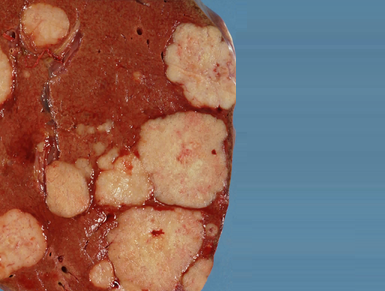
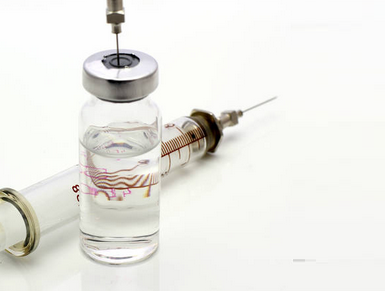
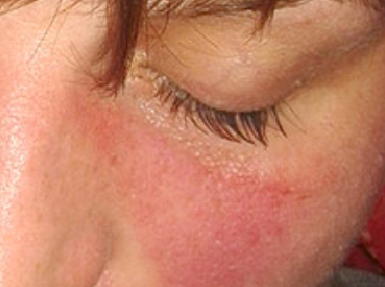
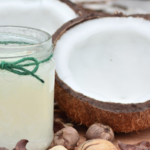

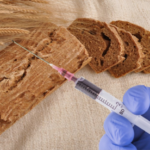
























Adicionar Comentário